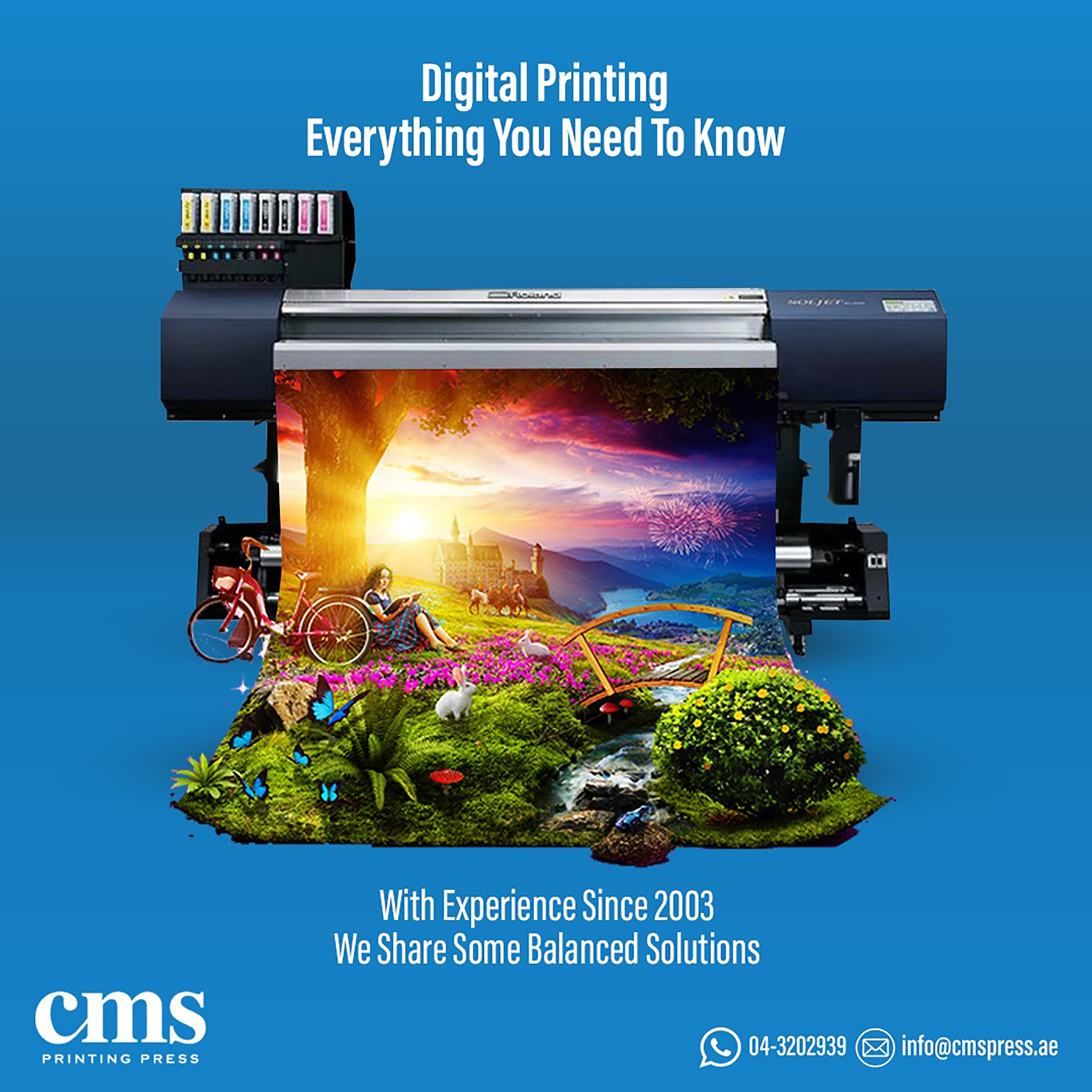Understand how to scale your side hustle using a print on demand approach.
Comprehending Just How Digital Printing Transforms the Printing Sector
The printing industry, long soaked in standard techniques, is undertaking a radical makeover with the arrival of digital printing. This innovative technology, which avoids the requirement for publishing plates, allows fast manufacturing and personalization, improving the landscape of print interaction. With its potential to spur interaction via individualized content and to provide sustainable options, it's clear that electronic printing is even more than a technological advancement; it's an essential video game changer. Just how specifically does it revolutionize the industry? Let's explore.
The Evolution of Digital Printing: A Brief Review
Given that its creation, electronic printing has undertaken significant improvements, continually revolutionizing the printing sector. With the advent of the 90s, electronic printing modern technology began to grow, and the industry saw the intro of direct imaging presses, which eliminated the requirement for printing plates. As the brand-new millennium unfolded, improvements in technology further stimulated the growth of digital printing, leading to the development of high-speed inkjet printers.

Unpacking the Modern Technology Behind Digital Printing
Delving into the details of digital printing innovation, one runs into a rich tapestry of sophisticated equipment and complex algorithms. At the heart of this procedure lies an electronic picture, which is refined by software that divides it into a grid of dots. This detailed system, bolstered by sophisticated software program and high-resolution imaging, has transformed the landscape of the printing market, leading the means for unprecedented levels of detail and accuracy.

The Benefits of Digital Printing for Companies
Understanding the technology behind digital printing provides a clear image of its precision and detail. Digital printing is ecologically friendly, utilizing much less ink and producing much less waste. The he has a good point complete possibility of digital printing is understood when used for customization and personalization, a topic that will certainly be covered in depth in the next section.
The Function of Digital Printing in Customization and Personalization
While traditional printing methods battle with modification and personalization, electronic printing succeeds in these areas. It allows for the simple change of layouts, without the requirement for costly and lengthy plate adjustments (print on demand). This enables businesses to tailor items to private customers, conference details demands and improving customer fulfillment
Digital printing also permits variable data printing, where components such as text, graphics, and pictures may be altered from one published item to the next, without slowing down the printing process. This is specifically beneficial for direct marketing campaigns, where tailored messaging can dramatically enhance action prices. In this means, digital printing not just revolutionizes the printing industry yet additionally changes the method companies connect with their consumers.
Evaluating the Environmental Influence of Digital Printing
Although digital printing has actually been lauded for its function in customization and customization, it is important to analyze its ecological influence. Digital printing can be less wasteful than traditional methods, due to the fact that it runs on a 'print on demand' basis, getting rid of the demand for large print runs that can lead to surplus and waste. Furthermore, it utilizes fewer chemicals and generates less unpredictable organic substances (VOCs) contrasted to offset printing. The energy usage of digital printers can be high, leading try this to increased carbon impact. Furthermore, using non-recyclable printing parts and the obstacle of e-waste monitoring present significant environmental problems. While digital printing has several benefits, its ecological impact has to be diligently taken care of.
Conclusion
Finally, electronic printing has changed the printing sector, offering rapid, economical, and high-quality services. It facilitates personalization, enhancing consumer involvement, and employs a lasting print-on-demand version. As this technology remains to advance, its effect on organization communication, customer contentment, and ecological sustainability ends up being increasingly extensive. Comprehending these changes is essential for organizations to leverage the advantages of electronic printing successfully. go to this website